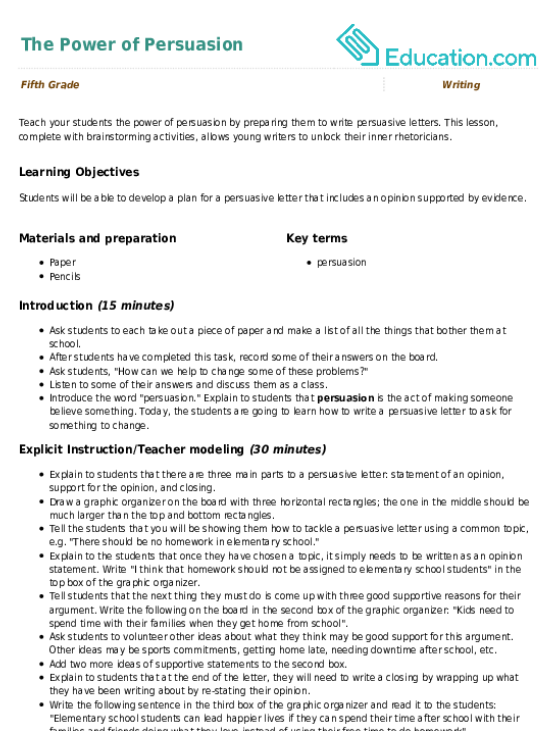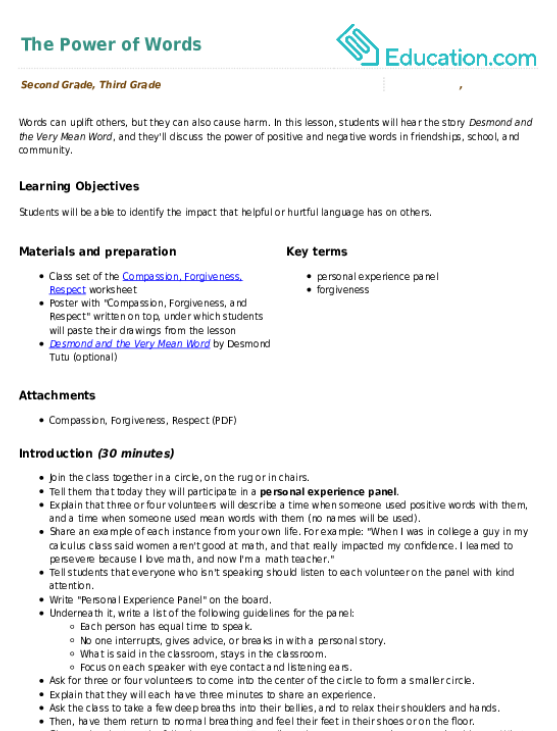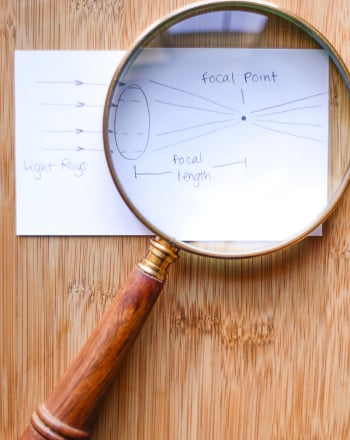Science project
Hydro-Power
This science experiment allows you to learn first-hand the force of water!
What do you need?
- Half gallon paper milk carton (empty and washed out)
- Gallon of water
- Awl or 10p nail
- Masking tape
- Ruler
- Magic marker
- Pair of scissors
- Pad of paper and pencil to make notes
What to do?
- Cut off the top of the milk carton.
- From the bottom of the milk carton, measure up 1/2 inch and using the awl or 10p nail punch a single hole in the center of the side of the carton
- Measure up one inch from the bottom and punch another hole in the center.
- Measure up two inches from the bottom and punch a third hole directly above the other two holes.
- Measure up four inches from the bottom and punch a final hole in the center of the side.
- NOTE: All holes should be the same size.
- Take a long piece of tape and tape up all four of the holes.
- Put the carton on the edge of the sink with the side with the holes pointing toward the sink.
- Mark a line on the carton near the top. Always fill or refill the milk carton with water to that line.
- Quickly remove the tape that's covering all the four holes. Watch what happens. Measure how far away each of the streams hits the sink.
- Let all the water empty out. Watch what happens as the water level drops. What happens to the streams of water?
- Now tape up all holes. Put the carton back on the sink edge. Refill the carton and remove the bottom tape. Measure how far out the stream goes. Retape the hole, and untape the next hole up; measure how far away the stream goes. Refill the carton with water. Retape the second hole and untape the third hole; measure how far away the stream goes. Refill the carton with water to the same level as before. Retape the third hole and untape the fourth hole; measure how far away the stream goes.
What you'll discover!
How far away did the streams of water fall from the carton. Was there a difference between the stream from the water from hole the bottom than at the top?
Here's why? Water has weight. The closer to the bottom of the carton, the more water is above and the more weight is pressing down from above. The more weight, the more water pressure. And the more water pressure, the further away the stream will go and the faster it will go.
Hydroelectric facilities are built at the base of dams to take advantage of the high pressure of the water at the bottom of a reservoir. The water pressure is funneled through a tunnel through the dam called a penstock. The water then is focussed on the blades of a turbine. Water pressure of the water turns the turbine, and the turbine turns a generator making electricity.
Education.com provides the Science Fair Project Ideas for informational purposes only. Education.com does not make any guarantee or representation regarding the Science Fair Project Ideas and is not responsible or liable for any loss or damage, directly or indirectly, caused by your use of such information. By accessing the Science Fair Project Ideas, you waive and renounce any claims against Education.com that arise thereof. In addition, your access to Education.com's website and Science Fair Project Ideas is covered by Education.com's Privacy Policy and site Terms of Use, which include limitations on Education.com's liability.
Warning is hereby given that not all Project Ideas are appropriate for all individuals or in all circumstances. Implementation of any Science Project Idea should be undertaken only in appropriate settings and with appropriate parental or other supervision. Reading and following the safety precautions of all materials used in a project is the sole responsibility of each individual. For further information, consult your state's handbook of Science Safety.













